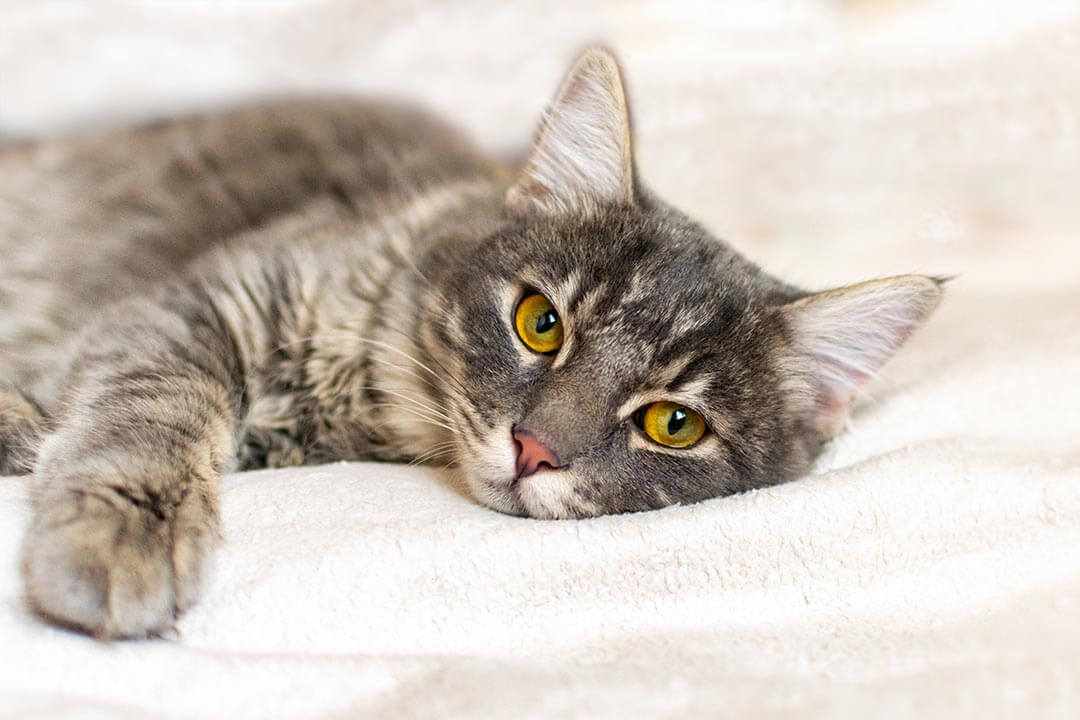Feline leukemia, a complex and serious disease affecting cats, is a topic every cat owner should be familiar with. This blog aims to shed light on feline leukemia, focusing on prevention, understanding the disease, and the importance of professional veterinary care. By the end of this read, you’ll have a clearer picture of what feline leukemia is and how to ensure your cat’s health and happiness.

What is Feline Leukemia?
Feline leukemia virus (FeLV) is a disease that weakens a cat’s immune system, making them more susceptible to other illnesses. It’s not a cancer, but can lead to cancers like lymphoma. Cats get FeLV through saliva, blood, and, less commonly, urine and feces. Sharing food bowls, grooming each other, or fighting can spread it. Kittens can also get it from their mothers.
Symptoms to Watch For
Symptoms might not show up right away. But keep an eye out for loss of appetite, weight loss, poor coat condition, infections, fever, diarrhea, and breathing problems. If you notice any of these signs, it’s important to contact your veterinarian for advice and care.
Prevention is Key
Vaccination is a powerful tool in preventing FeLV. Not every cat needs it, though. It’s recommended for cats at risk, like outdoor cats or those living with a FeLV-positive cat. Vaccinations aren’t 100% effective, so even vaccinated cats should avoid contact with infected cats. Talk to your vet to see if your cat should be vaccinated.
Besides vaccination, keeping your cat indoors helps prevent exposure to FeLV. If you’re bringing a new cat into your home, it’s wise to have them tested for FeLV first, especially if you have other cats.
Diagnosis and Treatment
If your vet suspects FeLV, they’ll do a blood test. This might include an ELISA test, which can detect the virus early, or an IFA test, which confirms the infection. If your cat tests positive, don’t panic. It’s not a death sentence, but it does mean you need to be more attentive to their health.
There’s no cure for FeLV, but with proper care, FeLV-positive cats can live fulfilling lives. This includes regular vet visits, keeping them indoors, and feeding them a balanced diet. If they get sick, prompt treatment is key. It’s about managing their health to give them the best quality of life.
Importance of Regular Check-Ups
Regular vet visits are important for all cats, but especially for those with or at risk for FeLV. These check-ups help catch any problems early and keep your cat as healthy as possible.
If you ever have concerns about your cat’s health or behavior, don’t wait. Call Palos Animal Hospital at (708) 448-6600. We’re here to help and provide the care your cat needs.
Support and Resources for Cat Owners
Dealing with FeLV can be challenging, but you’re not alone. Your vet can be a great resource for advice and support. They can guide you on how to care for a FeLV-positive cat and answer any questions you have.
There are also many credible resources online where you can learn more about FeLV. Websites like the American Veterinary Medical Association (AVMA) or the Cornell Feline Health Center offer reliable information.
Final Thoughts
Feline leukemia may sound intimidating, but with the right knowledge and support, you can navigate this challenge. Remember, prevention, early detection, and regular veterinary care are your best allies. If you have any concerns or questions about FeLV, or if you want to schedule a check-up for your cat, contact Palos Animal Hospital at (708) 448-6600.


